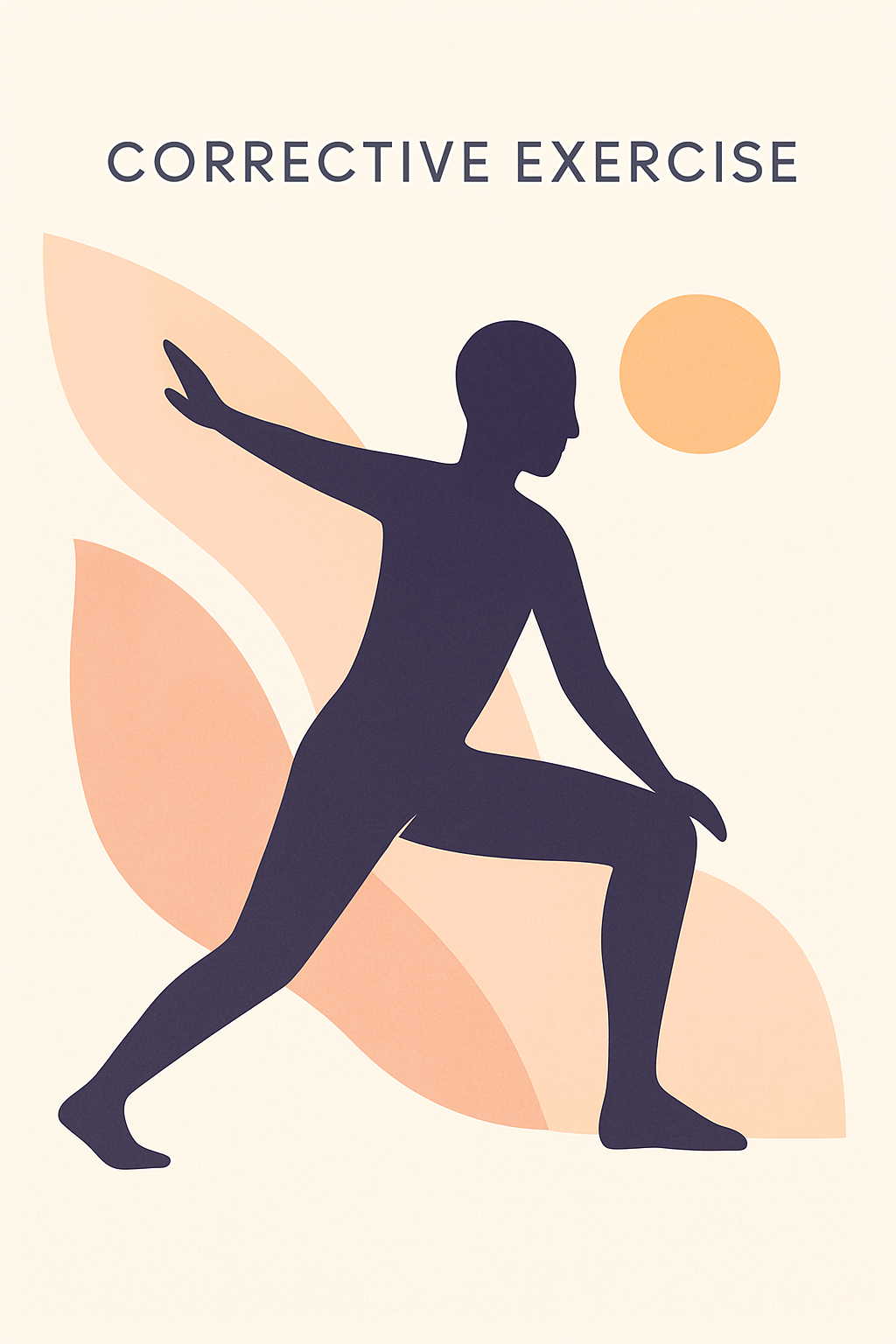
Corrective Exercise: Building a Balanced Body for Life
You’ve probably heard about corrective exercise in the context of rehab or physical therapy—but it’s so much more than rehab. Corrective exercise focuses on realigning posture, improving joint mobility, and strengthening weak links so that your body functions as a cohesive unit. Instead of just hammering out reps at the gym, you learn to move with intention, retraining your muscles and nervous system. It’s a long game, not a quick fix, and it’s the backbone of a sustainable fitness lifestyle.
When you think of long‑term health, you have to consider all five pillars of fitness: muscular strength, muscular endurance, flexibility, cardiovascular endurance, and body composition. Corrective exercise is the thread that ties them together. Think of it as laying the foundation for a house—without a solid base, it doesn’t matter how fancy the rooftop is. By practicing mobility drills, core stability work, and mindful movement, you unlock better performance in every other area. You can lift heavier, run longer, stretch further, and recover quicker.
Living the corrective exercise lifestyle means doing small things consistently. Spend 10 minutes foam rolling before your workouts. Add hip‑mobility flows and shoulder openers into your warmup. Make sure you can perform an air squat or plank with perfect form before loading weight. Pay attention to your breathing and posture while sitting at a desk or scrolling your phone. Those daily habits build awareness and resilience that transfer into training and daily life.
What does this look like in practice? Try ankle and thoracic spine mobility drills, single‑leg balance exercises, and deep core activations like dead bugs. Learn how to brace your core during squats and deadlifts, or practice dynamic stretches like hip flexor lunges and hamstring sweeps. These movements keep your joints moving through full ranges of motion and prevent overuse injuries. Incorporate corrective work into your routine 2–3 times a week and treat it as an investment in your future self.
Corrective exercise isn’t glamorous, but it’s empowering. It teaches you how your body works and gives you control. In a world obsessed with instant results, focusing on foundations is a rebellious act. Gen Z is all about authenticity and long‑term sustainability, and corrective exercise fits that ethos perfectly. It’s not about perfection; it’s about progress and respect for your body’s natural design.